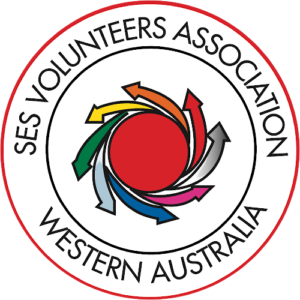An introductory activity that gets participants listening to one another. And in doing so, finding out about each other’s values.
Participants form two circles, one inside the other.
As the circles rotate in opposite directions, participants are faced with different colleagues who ask and respond to a series of questions.

